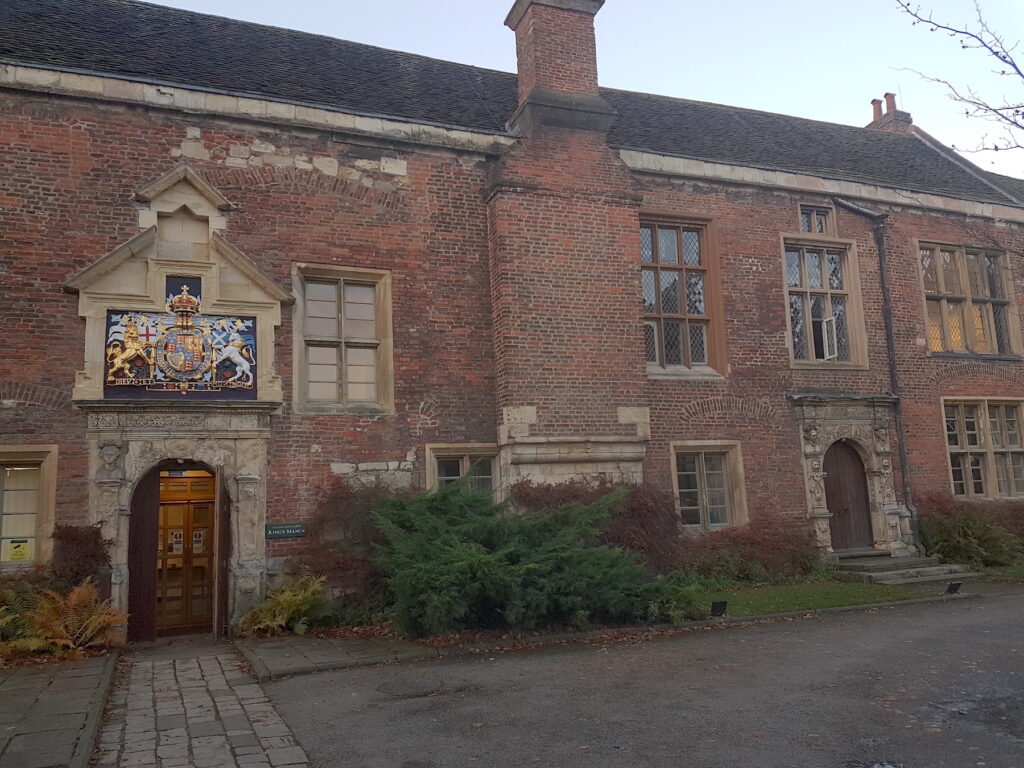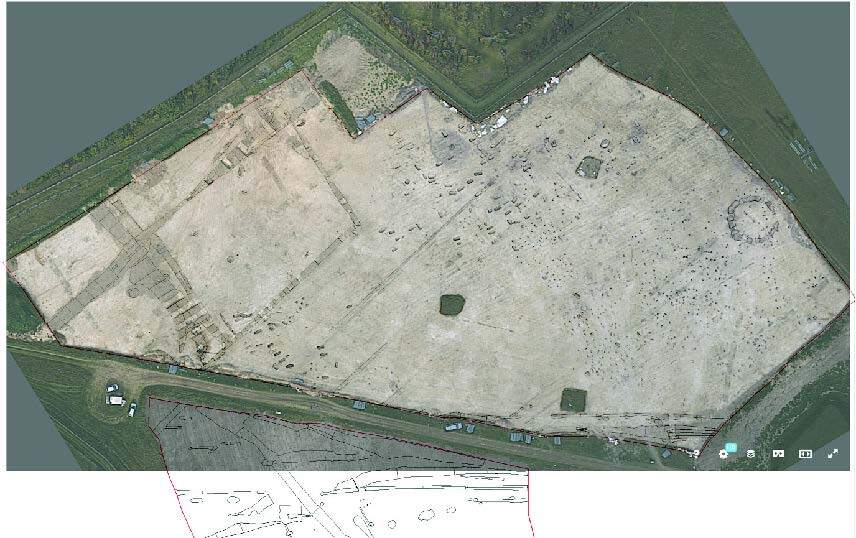To recognise the effort that authors make in order to deposit digital data and to get academic credit for that effort, Internet Archaeology (IA) and the ADS have established an open access data paper series. ‘Data papers’ maximise a dataset’s re-use potential and help to improve the preservation and the publication of data and are a valuable addition to the advancement of archaeological research. However IA and ADS have now taken the concept a little further.
In order to identify the content and provide a persistent link to its location on the Internet, each data paper in IA and the corresponding archive in ADS are assigned unique DOIs (Digital Object Identifiers, issued via CrossRef and DataCite). The introduction of these unique digital identifiers has been a major advancement for persistence in data preservation, publication and citation, but our approach has been to extend them to a more granular level. While an ADS dataset is assigned a ‘top level’ DOI, additional identifiers to specific sections of the data area have also been allocated. This enhances the archive not just by enabling direct access to a subset of data but also allows those sub-sections, often authored by specialist researchers, to be citable in their own right and gives recognition to the individuals who undertook the work e.g. see Richards & Roskams (2013) archive: where the Geophysical Survey, the Field-walking Survey and Animal Bone reports all have their own DOI. There is no limit to the granulation possible and we envisage usage right down to individual digital objects, such as a photograph or a GIS shapefile, when their importance to a hypothesis is apparent. Such use of DOIs will greatly benefit archaeological research, providing greater transparency in archaeological reporting and improving research efficiency.
assigned unique DOIs (Digital Object Identifiers, issued via CrossRef and DataCite). The introduction of these unique digital identifiers has been a major advancement for persistence in data preservation, publication and citation, but our approach has been to extend them to a more granular level. While an ADS dataset is assigned a ‘top level’ DOI, additional identifiers to specific sections of the data area have also been allocated. This enhances the archive not just by enabling direct access to a subset of data but also allows those sub-sections, often authored by specialist researchers, to be citable in their own right and gives recognition to the individuals who undertook the work e.g. see Richards & Roskams (2013) archive: where the Geophysical Survey, the Field-walking Survey and Animal Bone reports all have their own DOI. There is no limit to the granulation possible and we envisage usage right down to individual digital objects, such as a photograph or a GIS shapefile, when their importance to a hypothesis is apparent. Such use of DOIs will greatly benefit archaeological research, providing greater transparency in archaeological reporting and improving research efficiency.
The data paper series has also seen the introduction of the ORCID digital identifier (a DOI for people!), which distinguishes researchers and supports automated links between an author and their professional activities, further ensuring that their work is recognized. Its use can again be seen in the data paper by Richards & Roskams (2013). The use of ORCID in data papers, and indeed other digital publications, supports the creation of a permanent, clear and unambiguous record of research and scholarly communication. In combination with granulated DOIs, ORCID identifiers and the open peer review employed in IA data papers, we believe we have facilitated an original and inventive approach to data publication.
Richards, J. and Roskams, S. (2013). Burdale: An Anglian Settlement in the Yorkshire Wolds (Data Paper). Internet Archaeology, (35). DOI:10.11141/ia.35.8
Richards J.D. and Roskams S. (2013). Burdale: an Anglian settlement in the Yorkshire Wolds [Data-set]. York: Archaeology Data Service [distributor]. DOI:10.5284/1021540





